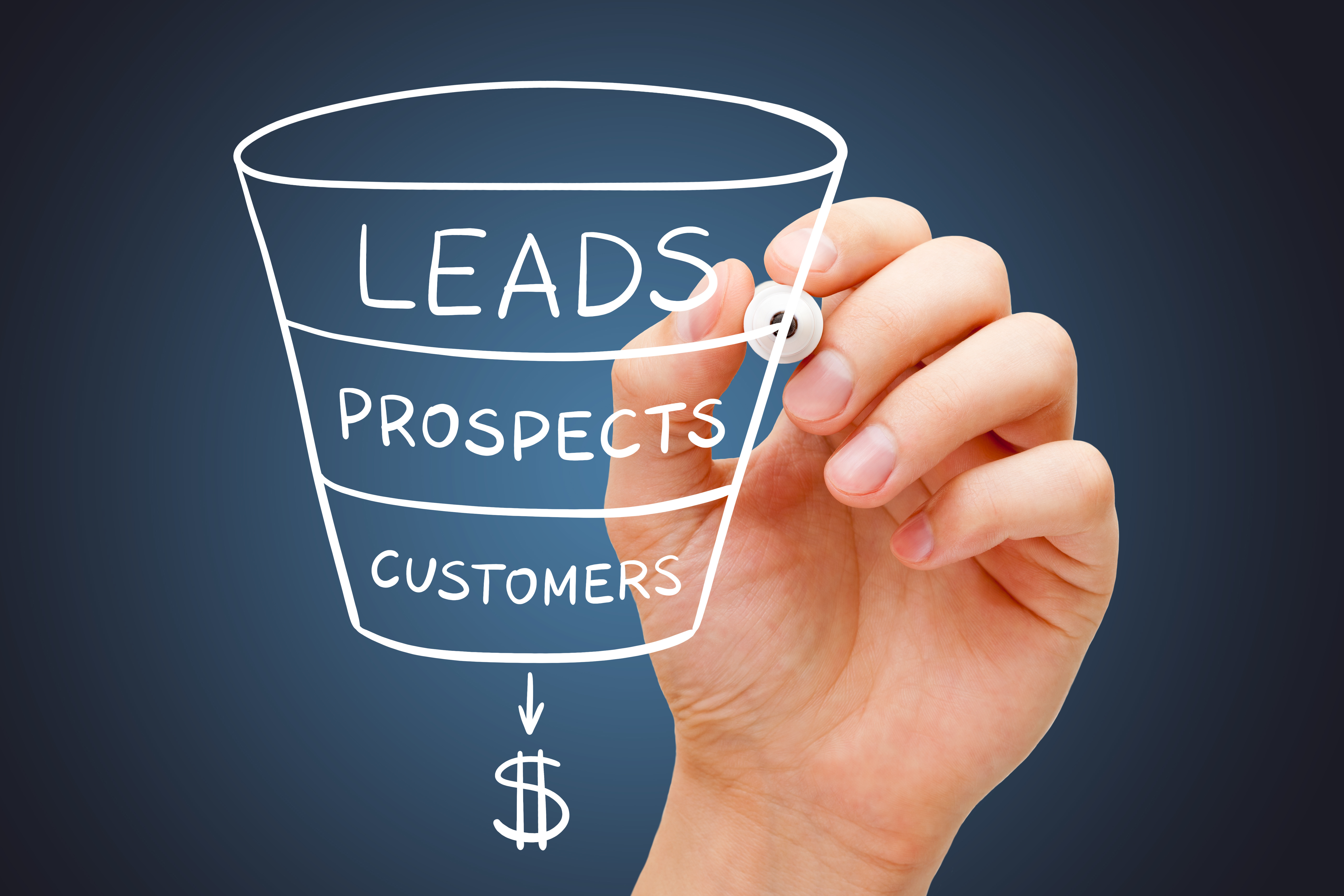One of the most important ways to grow your B2B company’s revenue is by converting leads and moving them along your buyer’s journey. More specifically, converting Marketing Qualified Leads (MQLs) to Sales Qualified Leads (SQLs).
In this blog we’ll look at the buyer’s journey and how understanding this process will help you convert more B2B leads.
But before we get into that, here’s a quick refresher of what the buyer’s journey actually is.
The Buyer's Journey
HubSpot defines the Buyer’s Journey as “the process buyers go through to become aware of, consider and evaluate, and decide to purchase a new product or service.” They divide this journey into three stages:
- - Awareness Stage: The buyer realises they have a problem.
- - Consideration Stage: The buyer defines their problem and researches options to solve it. MQLs are at this stage of the buyer’s journey and become SQLs when moving towards the decision stage.
- - Decision Stage: The buyer chooses a solution.
How to convert more B2B leads
In order to convert more B2B leads, the first step is to increase your number of leads. You can grow the number of MQLs using content marketing and marketing automation to share relevant content with them. For example, if someone is searching for information on a topic related to your product, you can offer an ebook on that subject in exchange for a few personal details such as their name and email.
Once you have established them as an MQL, you can continue to nurture them and move them further on the journey using other automated tools. For example, you can use email automation to notify them about a new blog, ebook or webinar that is relevant to their interests. This content should have CTAs designed to gauge whether they are moving closer to the decision stage.
For example, a CTA that guides an MQL towards a live demo is used by many companies to redefine that an MQL as an SQL. This person is now in the buying phase of their journey and is close to making a decision about whether they should purchase your product or not.
This is where your sales team will step in and help guide the SQL. During this phase, they will need to present the lead with all the information they need to be properly informed about your product, such as pricing, product options, and relevant stories about other customers and how they made use of the product. The sales team should also have the option to make use of other sales incentives, such as trial periods or discounts, to help people convert.
During this process, you’ll also need to learn to prioritise leads depending on their level of interest. The phrase “strike while the iron is hot” is entirely applicable to improving your MQL and SQL conversion rates and moving individuals through the buyer’s journey. Failure to hook them while interest is high could see them dropping out of the journey entirely, which means you might have to develop additional resources into getting them back into the journey later.
Get in-depth
This is a brief look at how you can take advantage of the buyer’s journey to help improve your B2B leads. To discover more about this process and how it can help you, be sure to read our ebook, How To Convert MQLs Into SQLs - A Sales and Marketing guide to lead qualification.
If you have any other queries regarding B2B lead generation, contact our team at GCL . GCL is an international B2B telemarketing expert with over 29 years in unscripted and multilingual telemarketing services. We offer services to various regions including EMEA, the Americas and other emerging markets, and would love to help you grow your B2B leads and boost your business!








